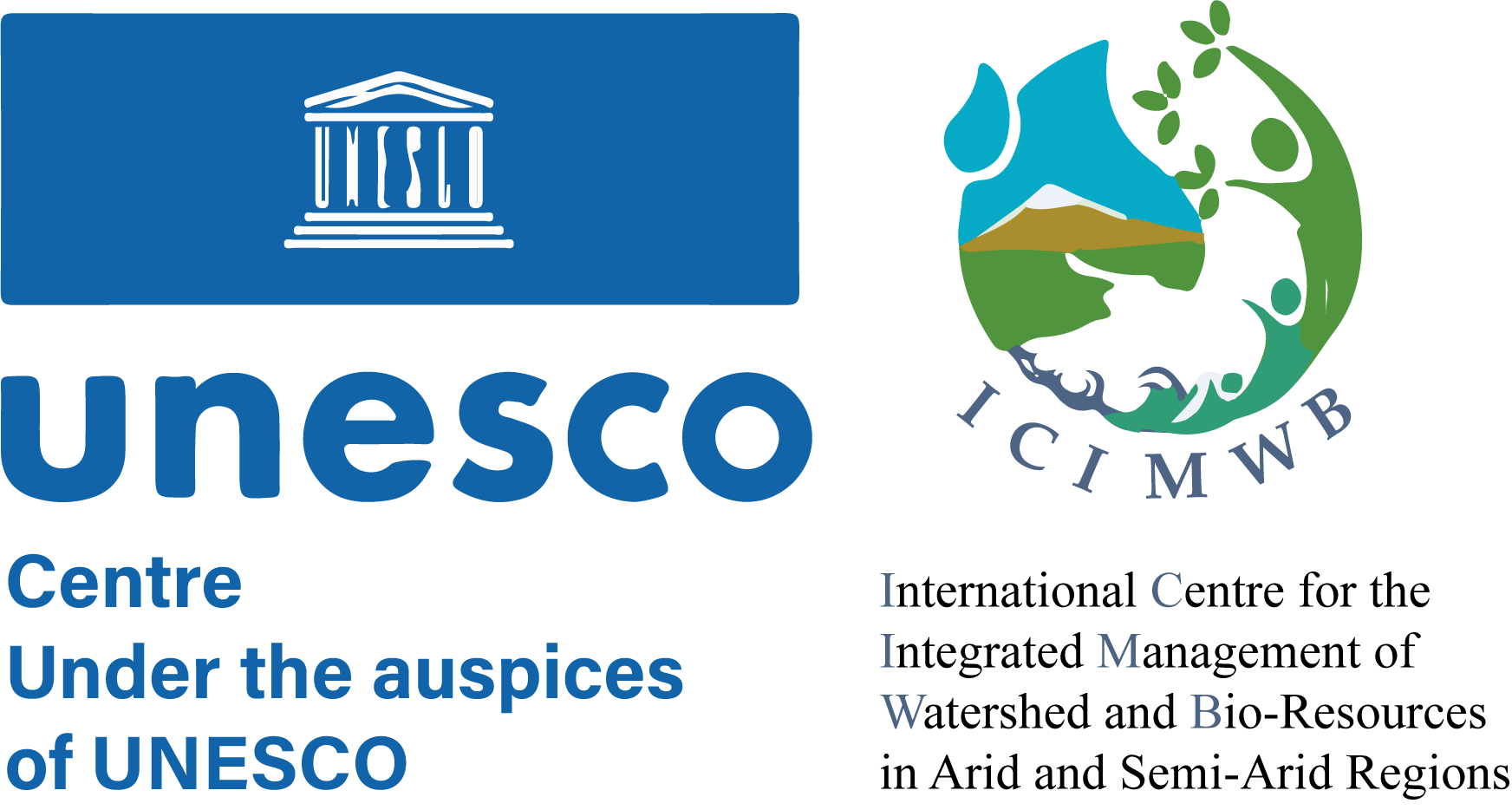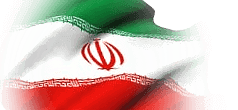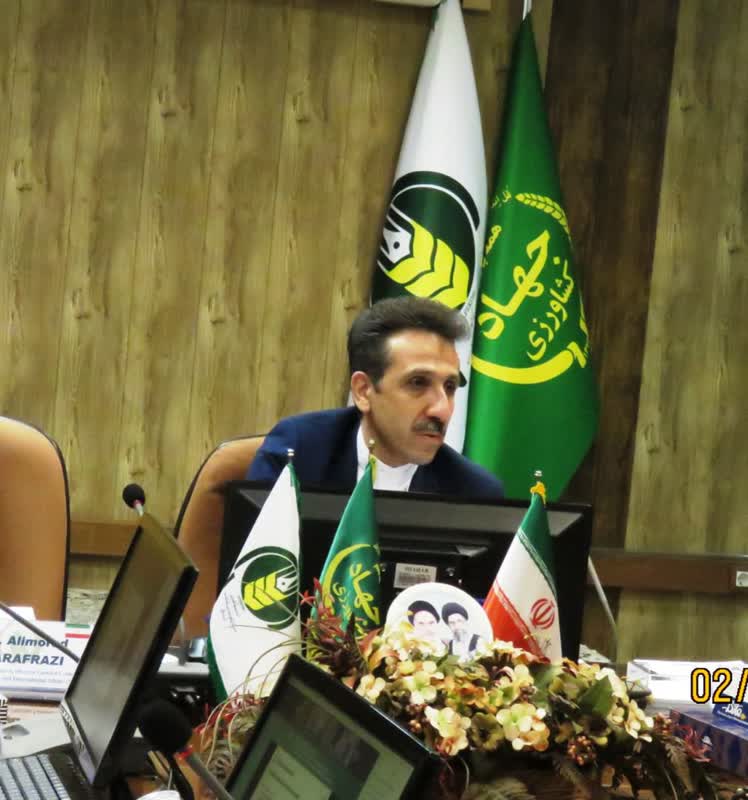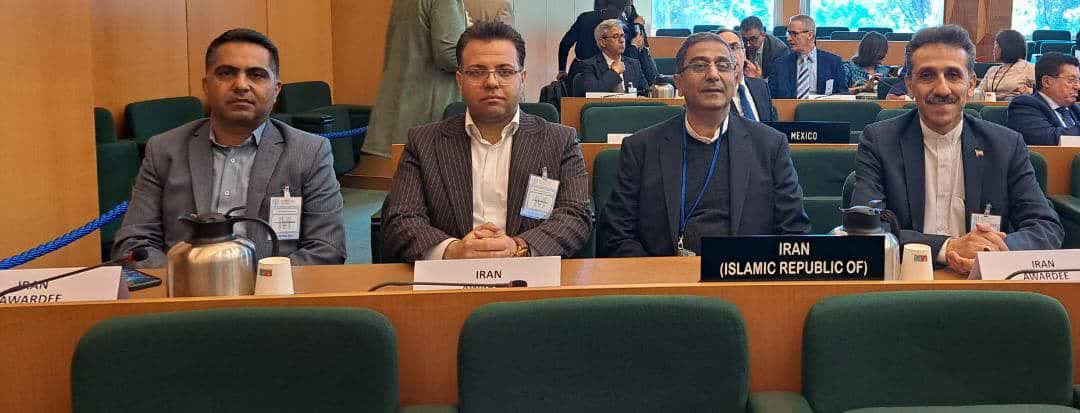







Final Details
Aras UNESCO Global Geopark
2024,01,20
International Literacy Day
2024,01,10
Information Note
2024,01,05
United Nations sustainable development cooperation framework with Iran
2023,09,22
AGREEMENT BETWEEN THE UNITED NATIONS EDUCATIONAL SCIENTIFIC AND CULTURAL ORGANIZATION (UNESCO) AND THE GOVERNMENT OF THE ISLAMIC REPUBLIC OF IRAN
2024,04-20
GIAHS
Iran won fourth place in the world in the registration of agricultural heritage systems of the FAO organization known as (GIAHS).

The head of the Planning, Economic and Rural Development Research Institute of the Ministry of Agricultural Jihad, pointing out that the Food and Agriculture Organization of the United Nations (FAO) in 2005 started a practical initiative under the title of registration of globally important agricultural heritage systems (GIAHS), said: The purpose of this initiative is to identify, register, dynamically support and protect agricultural systems in the world that have remained stable and resilient over time despite climate changes, economic conditions, and other exogenous conditions and have been passed down from generation to generation.
Iran won fourth place in the world in the registration of agricultural heritage systems of the FAO organization known as(GIAHS). According to the information base of the Ministry of Agricultural Jihad, Iran has registered twoother ancient agricultural systems in the field of grape production and its products in Juzan Malair in Hamedan province and traditional saffron cultivation in Gonabad region of Khorasan Razavi province in Seno village in the world agricultural heritage systems (GIAHS) andobtain Its certificate from the FAO organization was able to officially take the fourth place in the world in terms of number.
Based on this report, in 2014, Iran succeeded to register the first world agricultural heritage system based on the Kashan aqueduct in)GIAHS(in the Food and Agriculture Organization of the United Nations (FAO)
The head of the Research Institute for Planning, Agricultural Economy and Rural Development of the Ministry of Agricultural Jihad, who is in Rome, Italy to participate in the ceremony of granting the certificate of registration of two recent agricultural heritage systems of Iran, said in a virtual interview with our reporter: Introducing three other agricultural heritage systems is on the agenda, which we will introduce to Jias in the future, and with their global registration, we will be promoted to the third rank in the world.
Ali Kayanirad added: Three other agricultural heritage systems are related to the traditional fig gardens system of Estehban in Shiraz province, the traditional walnut system of Toisarkan in Hamedan, and the third system related to the traditional gardens of Qazvin. He said: Currently, in terms of the number of global registrations of agricultural heritage systems, China is in the first place with 18 registrations, and Japan and Korea are in second and third places.
about the advantages and responsibilities of the global registration of agricultural heritage systems, Kianirad stated: the global registration of Iran's agricultural heritage systems in GIAHShelps to support and develop these systems to benefit local communities.
He added: Tourism development is one of the advantages that can be obtained by registering and introducing agricultural systems as world agricultural heritage, and in this regard, the Planning, Economic and Rural Development Research Institute has considered the sustainable development of agricultural, rural,and food tourism.
The head of the Planning, Economic and Rural Development Research Institute of the Ministry of Agricultural Jihad, pointing out that sustainable agricultural tourism leads to the preservation of the environment, stated: In the last few years, sustainable tourism has received attention in the world from the point of view of preserving the environment, And we hope to be able to develop this agricultural tourism with the participation of local communities and governmental and non-governmental sectors.
He continued: The development of agricultural tourism helps to reduce the costs of farmers in the registered systems of Jias, because some tourists stay in ecotourism residence or hotels near these registered systems during the harvest season and help in the harvest
Kianirad mentioned the development of the brand of products that are registered in the world agricultural heritage systems as other benefits and said: studies have shown that products that have the mark or logo of GIAHSare sold in the world markets for up to 5 times the price in the world markets
He mentioned the need to protect agricultural heritage systems as one of the other advantages of their registration in GIAHSand clarified: These systems must be taken care of both in terms of the environment and the sustainable development of natural resources, so that, for example, people do not have the right to drive cars in the lands related to these agricultural systems, and they must make their reservations in advance to stay in the vicinity of these systems.
The head of the Planning, Economic and Rural Development Research Institute of the Ministry of Agricultural Jihad, pointing out that the Food and Agriculture Organization of the United Nations (FAO) in 2005 started a practical initiative under the title of registration of globally important agricultural heritage systems (GIAHS), said: The purpose of this initiative has been to identify, register, dynamically support and protect agricultural systems in the world that have remained stable and resilient over time despite climate changes, economic conditions,and other exogenous conditions and have been passed down from generation to generation.
He continued: This support is also done with the aim of benefiting communities from registered agricultural heritage systems. Kayanirad added: So far, 74 world agricultural heritage systems have been registered in 24 countries, and three of them are related to Iran.
He clarified: In order to register its agricultural system as a world agricultural heritage system, a country must prove that this agricultural system is part of the world agricultural heritage in the form of a proposal based on five criteria
Kianirad admitted: these five criteria include the first; Proving the role of that agricultural system in food and livelihood security in the target area and local community, Second; The formation of a biological diversity in that agricultural system, third; that it is a technical, local,and traditional knowledge and can be combined with modern knowledge, fourth; the cultural, social and religious values it has for the local community and the fifth criterion; In the field of vision and potential capacities of that system for use in tourism
He added: A world agricultural heritage system must be able to prove that it is a unique system and has been preserved over time.

-------------------------------------------------------------------------------------------------------------------------------------------------------------------------------------------

![]() ارسال به دوست
ارسال به دوست
The Second specialized workshop of the series of Integrated watershed management and bio-resources 1403/8/6
The first session from a series of specialized sessions 1403/8/6
The inaugural session of the series of specialized workshops 1403/8/6
معرفی اولین پارک تغییر اقلیم یونسکو با همکاری دانشگاه تهران 1403/8/6
جلسات بررسی اسناد راهبردی و مطالعات مدیریت جامع حوزه آبخیز طی دو هفته کاری در تیرماه جهت تصویب طرحهای معاونت آبخیزداری و مرکز بینالمللی مدیریت جامع 1403/5/2
Development of scientific, research, and executive cooperation 1403/4/12
The specialized meeting of the Institute of Natural Disasters with the presence of the center's representative 1403/4/6
Opening and closing speeches of Governing board head 1403/2/30
Deputy President of WASWAC was elected as councilor of Governors of ICIMWB 1403/2/29
Preparing the preparations for the first meeting of the Governing Board of the Instegrated management of watershed and Bio-resource 1403/1/28
Dr. Hamid Nouri, the Director of the International Center for Integrated Watershed Management and Bio-resources, along with his colleagues, had a meet 1402/11/10
Farhad Razavi said in the integrated watershed management meeting: Considering the country's approach, we need to pay attention to integrated manageme 1402/11/10
The people-oriented participation of the Director of the International Center of Integrated Management in the national meeting of teachers in the f 1402/11/10
Report of the director of the International Center of Integrated Management mission on his trip to Bushehr province and participation in the governor' 1402/11/10
Natural Resources and Watershed Management Organization Mountaineers conquered Sablan Peak 1402/11/10
On Sunday and Monday, June 25 and 26, a synergistic training workshop was held for the supreme governance of the land 1402/11/10
A two-day meeting of deputy watershed managers of regions 2 and 3 of the country was held 1402/11/10
Specialized meeting of data governance in the field of water, environment, and natural resources 1402/11/10
The key to the sustainability of the country's water security program is water accounting in the form of integrated watershed management and sustainab 1402/3/28
Iran won fourth place in the world in the registration of agricultural heritage systems of the FAO organization known as (GIAHS). 1402/4/20